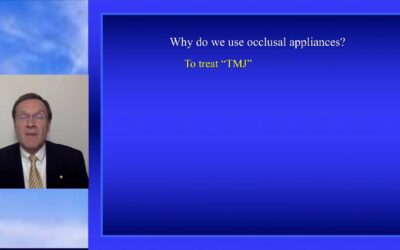Duration: 8 minutes, 43 seconds
Author: Dr. Paolo Rossetti
How to Release the Lingual Flap for GBR
Introduction
The lingual flap is a technique used for guided bone regeneration (GBR) in dental procedures. This article will guide you through the process of releasing the lingual flap for the GBR procedure and highlight important considerations.
1. Making the Incision
To release the lingual flap, begin by making an incision on the inner side of the mandible or maxilla. This incision should be made parallel to the gum line and extend from one tooth to another. Ensure that the incision is precise and well-placed.
1.1 Avoiding Nerve Damage
During the incision, it is crucial to exercise extreme caution to avoid damaging the lingual nerve, which runs through this area. The lingual nerve provides sensation to the tongue, and any damage can lead to complications.
2. Releasing the Lingual Flap
Once the incision is made, gently lift the lingual flap away from the bone. This process should be done carefully to avoid tearing or damaging the flap. It is important to maintain the integrity of the flap for successful GBR.
2.1 Repositioning the Flap
Depending on the requirements of the GBR procedure, the lingual flap can be repositioned or elevated. Repositioning the flap involves placing it back in its original position after the bone graft or regeneration process. Ensure that the flap is properly positioned to promote healing and optimal results.
3. Accessing the Bone for GBR
The primary purpose of releasing the lingual flap is to gain access to the bone for the GBR procedure. By elevating or repositioning the flap, the dentist or oral surgeon can visualize and treat the underlying bone, promoting bone regeneration and growth.
Conclusion
Releasing the lingual flap for guided bone regeneration is an essential step in dental procedures. It allows for better access to the bone, facilitating the success of the GBR procedure. Proper incision, avoiding nerve damage, and careful manipulation of the flap are necessary to ensure optimal results.
Frequently Asked Questions
1. Is releasing the lingual flap a painful procedure?
No, with the use of local anesthesia, the patient should not experience any pain during the procedure. However, mild discomfort and swelling may be expected during the healing process.
2. How long does it take to recover after releasing the lingual flap?
The recovery time varies for each individual, but it typically takes around 1 to 2 weeks for the tissues to heal completely. It is important to follow the post-operative instructions provided by your dentist or oral surgeon.
3. Are there any risks associated with releasing the lingual flap?
While the procedure is generally safe, there is a slight risk of damaging the lingual nerve. However, with proper care and a skilled dental professional, the risk is minimized. It is important to discuss any concerns with your dentist before undergoing the procedure.
4. Can releasing the lingual flap be done for any dental procedure?
The lingual flap technique is specifically used for guided bone regeneration procedures. It is commonly performed during dental implant placement or other procedures that involve bone grafting.
5. How long does the GBR procedure take after releasing the lingual flap?
The duration of the GBR procedure itself depends on various factors, such as the extent of bone regeneration required and the complexity of the case. Your dentist or oral surgeon will provide you with an estimated time frame based on your specific needs.





Add comment